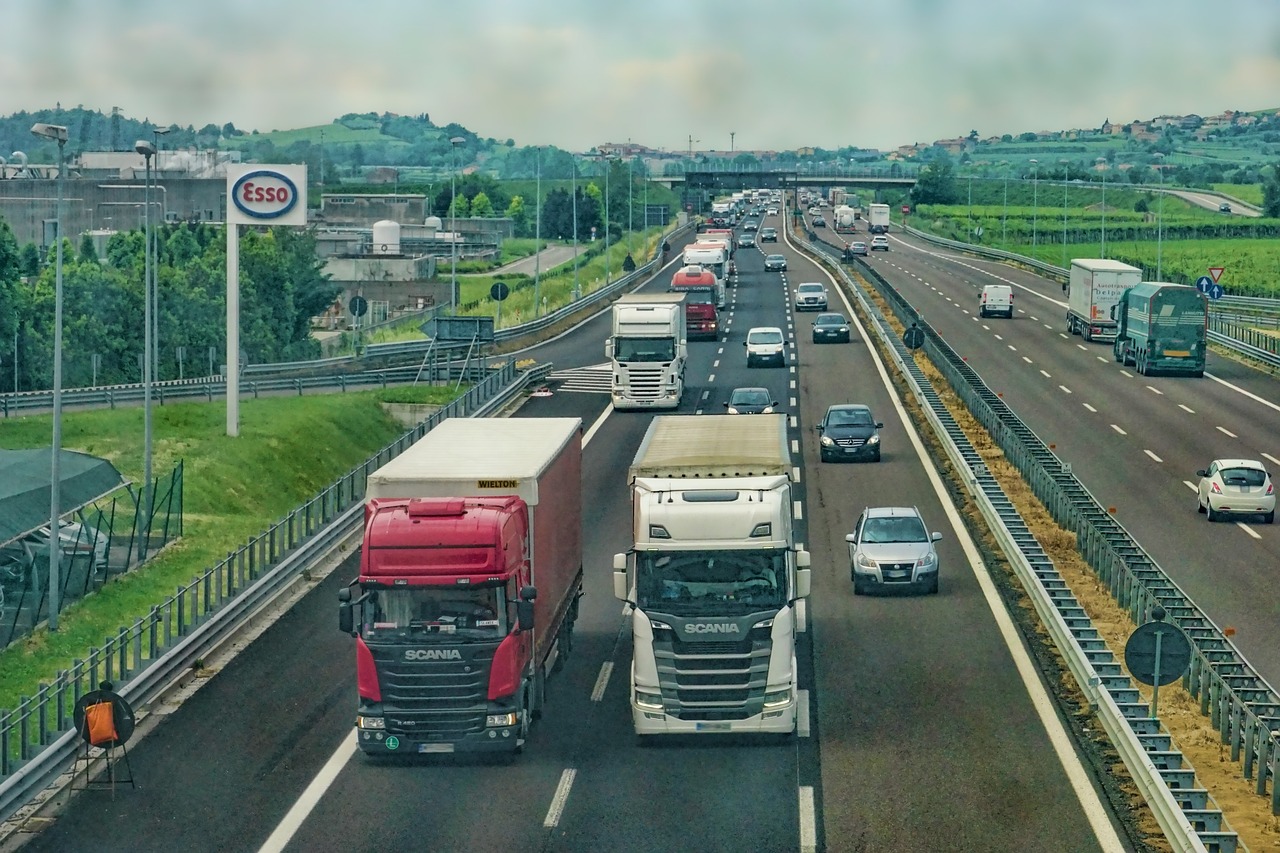
National Public Transport Strike: What's Happening Today in Italy
National Public Transport Strike: A Sign of Discontent A 24-hour national strike involving public transport across the country began at 5:30 this morning.

Public transportation in Italy has come to a standstill, with significant effects from cities in the North to those in the South. On the day of the joint strike, transportation such as buses, local trains and subways were virtually inaccessible. The streets of Naples were blocked by traffic, while in Rome long queues formed at Termini station. Milan, Turin, Florence and Bologna also saw public transportation completely paralyzed.
According to the unions, the workers' participation was almost total, with peaks of 100% and an average of 90%. This strike represents the first mobilization without guaranteed bands in almost two decades; the last one dates back to 2005. The Minister of Transport, Matteo Salvini, has expressed his opposition to this type of action, saying that “wildcat strikes” damage the country and promising that he will no longer allow “irresponsible minorities” to hinder the functioning of Italy.
In response to Salvini’s statements, the general secretary of Uil, Pierpaolo Bombardieri, called for respect for the striking workers and raised questions regarding the renewal of the national contract for local public transport, which expired a year ago.
Negotiations between the unions and the government will resume on Tuesday 12. Deputy Minister Edoardo Rixi announced that he will also call together representatives of employers' associations and key ministries to address urgent issues. The unions' demands include the immediate implementation of the anti-aggression protocol already signed and a significant increase in resources allocated to the sector. The budget law has provided only 120 million for the national transport fund, an amount well below the estimated requirement of 1.7 billion.
The secretary of the Democratic Party, Elly Schlein, stressed the importance of guaranteeing workers the conditions necessary to carry out their work effectively in the public service. The mobilization will continue until concrete answers arrive. The unions insist that the protest is not against the users but aims to improve a public service already in crisis. With such a complex scenario and ongoing negotiations, the future of Italian public transport remains uncertain. However, the growing awareness of the issues could lead to a significant change in the sector in the coming months.

National Public Transport Strike: A Sign of Discontent A 24-hour national strike involving public transport across the country began at 5:30 this morning.

National Public Transport Strike: A Warning Signal At 5:30 this morning, a 24-hour national strike involving public transport began throughout Italy.